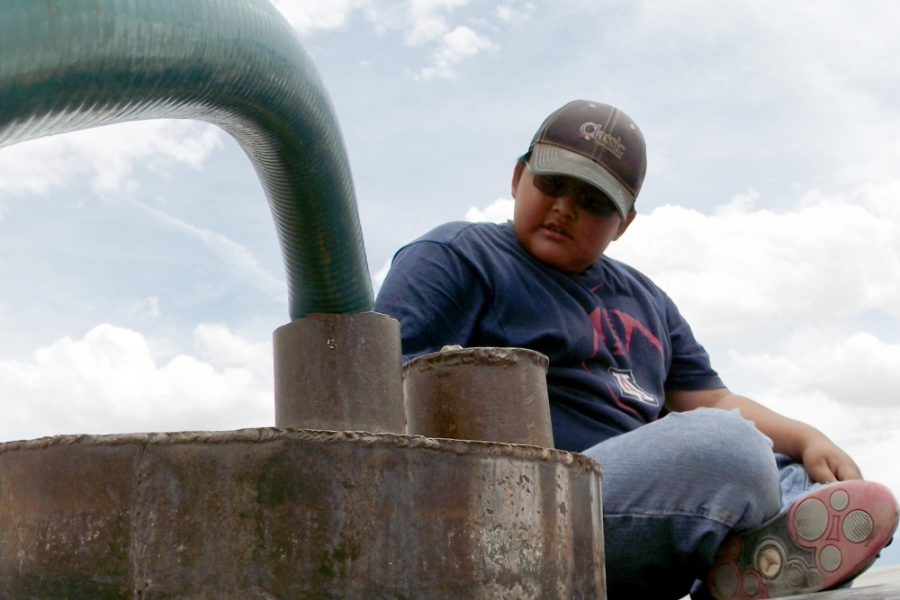UA researchers are studying the impact that a severe drought in Arizona could have on the state’s Native American communities.
According to a recently published report by the U.S. Department of Agriculture, all 15 counties in Arizona are classified as drought disaster zones. Some of the hardest-hit communities include the 22 Native American tribes located in the state.
Carrie Joseph, a graduate student in the department of soil, water and environmental science, is a Hopi tribal member from a village in northern Arizona named Moenkopi. She said she was led to study water issues after realizing that environmental hazards were sitting upstream from her community’s source of water, which is used to sustain crops for traditional foods and ceremonies.
Joseph’s research looked at five tribes along the Colorado River that already have their water rights established. She examined municipal and industrial water use in comparison to environmental and agricultural use over a 50-year period to project the time frame in which these tribes could reach full water allocation, which is the total amount they are allotted over the term of the agreement. By understanding how their communities will be impacted by future water fluctuations, Joseph said, the tribes will be able to take the appropriate precautions sooner.
“It is helpful for tribes to plan for the future,” she said. “I think we need to be asking what we can do now to make sure we store water and to plan ahead for future water management, rather than waiting for when it happens.”
Tribes with previously established settlements are a higher priority in terms of water allocation within the state, Joseph said. Arizona’s current drought classification leaves half of the tribes in the state vulnerable, as they do not have current water right settlements in place.
Karletta Chief, assistant professor in the SWES department, works with tribes throughout the state to determine how climate change will impact their water resources by comparing water data to various climate change scenarios across tribal regions.
Among the topics that Chief discusses with tribes are strategies related to adaptation planning and water management, she said, especially with tribes who are stakeholders for major water bases, like lakes and rivers.
“Tribes should be looking at plans to manage their water resources into the future and diversifying the waters that they do have and improving the security of the water that they do have,” Chief said.
Mike Crimmins, an associate professor and extension specialist in the SWES department, worked closely with Chief as a reviewer of the Navajo Nation Drought Contingency Plan. The plan outlines technical uses of land and types of water resources most used by the tribe, and gives insight into the types of issues many tribes could face as water resources dwindle.
According to this plan, an estimated 30 percent of Navajo households are still not served by public water systems. They instead haul water from potable or nonpotable sites, like wells and spring sources. The plan also shows that tribal water demand for livestock is rising.
Crimmins’ work focuses on compiling data into a drought monitoring index and updating drought plans according to predicted climate variability and water demand within tribal communities using the data. He said that many tribes, like the Navajo, have sociocultural ties to the environment and often haul water for both traditional and agricultural purposes.
The high level of diversity among the tribes makes it even more challenging to help them formulate water plans, Chief said.
“All tribal communities are different and unique,” she said. “They live in all ecosystems, and each tribe would need to look at their specific situation, the waters they have and strategically plan out how their waters would be managed into the future.”
Joseph said that it is important for tribal members, both young and old, to understand the water issues faced by their communities and to take action.
“It’s really important to understand where you come from and to prepare,” Joseph said, “rather than having outside sources coming in to tell you what is going on.”
—Follow Amanda Bahe @AmandaBahe









